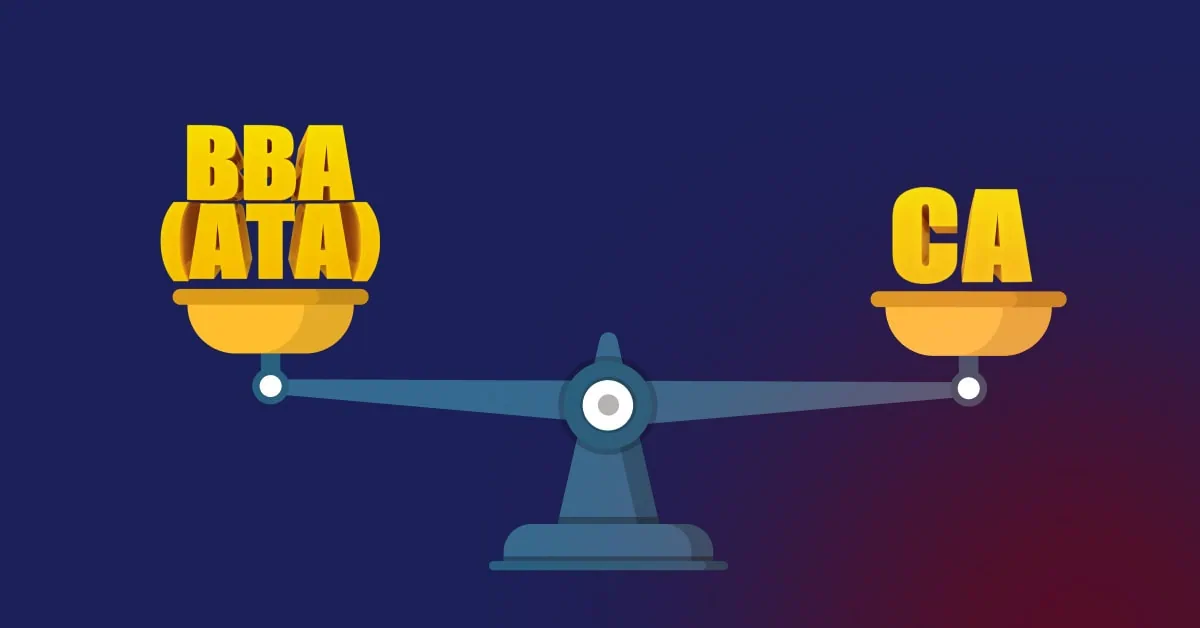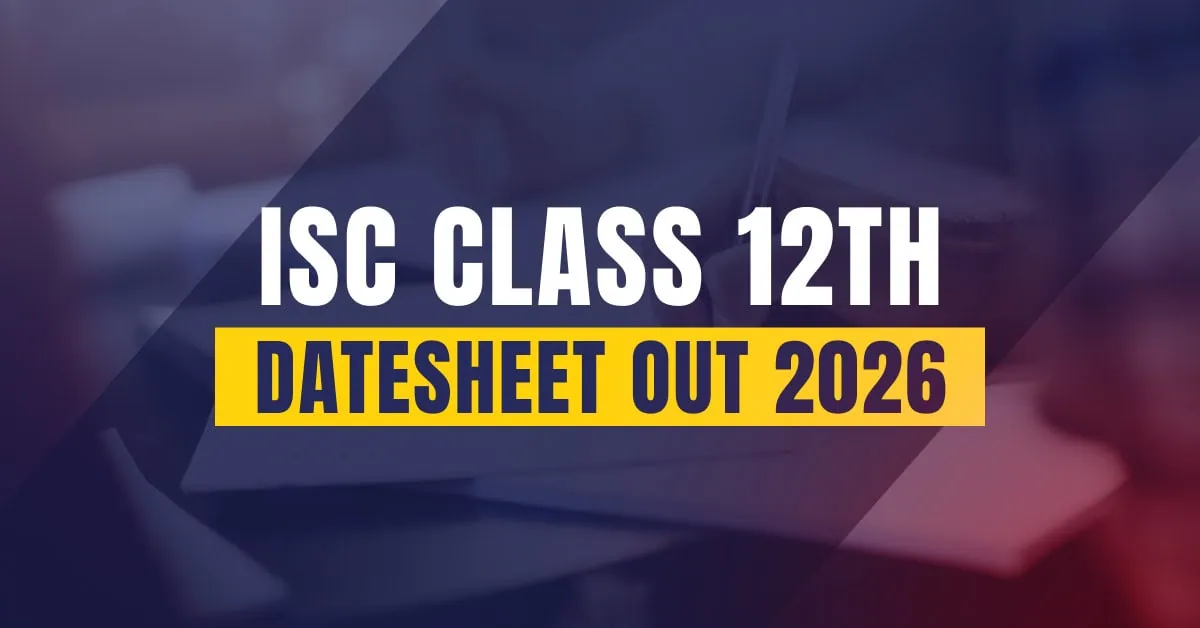There has always been a degree of ambivalence or lack of clarity regarding the nature, scope and outcome in the curriculum of Mass Communication and Journalism at the university and college levels.
The purpose of this blog is to undertake an in-depth comparative analysis of the Mass Communication UG level. The blog will focus on the course objectives, outcome and employment relevance of the two course structures.
What is mass communication and media?
Mass Communication (also called Mass Communication and Journalism) refers to the broad area of communication strategies and media to communicate with a huge, heterogeneous mass of people who could be cinema viewers, TV watchers, radio listeners or newspaper readers.
Traditionally Mass Communication was a one-way communication process with no scope of interaction or direct feedback.
Today, thanks to the latest digital technology and the internet-based platforms, mass communication is more interactive with instant feedback mechanisms in the form of likes/dislikes and comments on internet based communication platforms.
As an academic vocation, Mass Communication is taught at the undergraduate and postgraduate level to impart mass media skills with an emphasis on journalism skills to students and also train them in critical media studies for higher education and research.
Broadly speaking, Mass Communication is a field that covers journalism, advertising, public relations, Photography, film studies, TV production, media and cultural studies, new media, social media, video production etc. Students of Journalism and Mass Communication have the scope to specialize in any of the above fields.
👉 𝗖𝗵𝗲𝗰𝗸 𝗼𝘂𝘁 𝗼𝘂𝗿 𝘁𝗼𝗽-𝗿𝗮𝘁𝗲𝗱 𝗰𝗼𝘂𝗿𝘀𝗲𝘀 𝗳𝗼𝗿 𝘂𝗻𝗱𝗲𝗿𝗴𝗿𝗮𝗱𝘂𝗮𝘁𝗲𝘀 : https://inspiria.edu.in/degree-courses/
Brief History of Mass Communication Education in West Bengal
In India, Mass Communication education began in Kolkata. The subject entered the academia with the inauguration of the two year Post Graduate Diploma course in University of Kolkata (then Calcutta) in 1965 which was upgraded to MA in Journalism from 1971.
Today the MA degree offered by Kolkata University has the nomenclature “MA in Journalism and Mass Communication”.
Meanwhile, the Indian Institute of Mass Communication (IIMC), located in the JNU campus, New Delhi was established in 1965 and made into an autonomous institution under the Ministry of Information and Broadcasting in 1966.
Today, IIMC along with A J Kidwai Mass Communication Research Centre (under Jamia Milia University) is considered one of the best courses in Journalism and Mass Communication institutes in India. Most of the country’s finest producers, directors and journalists are the product of AJK Mass Communication Research Centre and IIMC.
A number of universities in West Bengal had begun PG degree courses in Mass Communication and Journalism by the end of the nineties. These included besides Kolkata University, Viswa Bharati University (Shantiniketan), University of Bardhaman, and Rabindra Bharati University.
Beginning of UG Degree Courses in Mass Communication
UG honours degree course in Mass Communication and Journalism also began in a few colleges at the same time. In North Bengal, Siliguri College (affiliated to University of North Bengal) became the first institution to introduce Mass Communication and Journalism in 2001.
The college began the three-year honours degree in Journalism in 2001 even before the subject was introduced in the University of North Bengal.
In 2005 the nomenclature of the course was changed to Mass Communication & Journalism with the beginning of the three year (1+1+1) format and a new syllabus that functioned till 2018. The Choice Based Credit System (CBCS) in the semester format began with a new syllabus in 2018.
In 2023, the Four Year graduation format as recommended by the New Education Policy was implemented all over West Bengal.
PG degree course in Mass Communication began in University of North Bengal in 2009. Gour Banga University based in Malda also opened PG and UG degree courses in the subject soon after.
At present there are four colleges affiliated to University of North Bengal that are conducting honours degree courses in the subject.
The courses became popular due to the emerging employment opportunities in the field of Journalism and Mass Communication. Gradually, universities and colleges in India opened BA and MA courses for Mass Communication students.
The top colleges witnessed significant demand as more and more students wished to excel in the field of mass communication and media studies or media science.
Some of the emerging areas in Mass Communication includes the field of content writing, technical writing, instructional designing and blog writing among others.
Initiatives by the private sector to open Mass Communication colleges in India also received a boost with the demand for Mass Communication courses growing. Meanwhile for private institutions in West Bengal which are affiliated to Maulana Azad University of Technology (MAKAUT), the UG and PG courses in Mass Communication began around 15 years back.
Mass Communication and Media Science: Comparative analysis
Mass communication studies include some the study of mass media such newspapers, TV, cinema, advertising and public relations and the knowledge and skills required to become media professionals.
The scope is very broad. Media Science focuses on the practical aspects of media production along with a focus on technical media skills. While both mass communication and media science are fundamentally the same, the difference lies in the approach. As the approach is different, the course outcomes of these two courses slightly differ.
Course Nomenclature
University Of North Bengal (NBU)
From 2005, the undergraduate course has been called BA (Hons) in Mass Communication and Journalism. There was no ambiguity about the fact that this was essentially an Arts stream with practical papers requiring a studio-cum lab. Students graduating in Mass Communication & Journalism (Honours) could apply for a MA in Mass Communication, or MA in Film Studies or even Post Graduate degree or diploma in Public Relations or Advertising.
Maulana Abul Kalam Azad University of Technology (MAKAUT).
In contrast the undergraduate course is called B.Sc in Media Science while the PG degree course is called M.Sc in Media Science respectively. Although the degree was termed as a “science”, students with Arts/Commerce background at the class XII level are allowed admission, keeping with the current trend of trans -disciplinary studies.
The ‘B.Sc’ nomenclature often leads to confusion due to the erroneous assumption that only intermediate students with science can study this course. At the PG level, the ‘M.Sc in Media Science of MAKAUT is overwhelmingly technology oriented which is why most MAKAUT Media Science graduates do not pursue MAKAUT’s M.Sc in Media Science but opt for traditional MA (Mass Communication) courses.
Course Structure
University Of North Bengal (NBU)
From 2005 to 2018, the BA (Honours in Mass Communication & Journalism) degree course had 800 marks in the honours subject with two elective (general) papers consisting of other subjects (Political Science, Sociology, Economics etc) of 300 marks each.
The honours paper consisted of theory papers of 700 marks and Practical Papers of 100 marks. With the commencement of the CBCS system in 2018, there are 14 Core (Honours ) theory papers, two General Elective (GE) papers, four Discipline Specific Elective (DSE) papers and two Skill Enhancement Papers (SEC) which are Practical Papers in Mass Communication.
In 2023 the Four Year UG structure began and the the whole structure of the four year syllabi is being worked out and yet to be finalized. The syllabus of only the first two semesters (consisting of one major and one Minor and one SEC (Practical) paper has been finalized.
Maulana Abul Kalam Azad University of Technology (MAKAUT)
In the syllabus introduced in 2018, there are 18 theory papers (with projects ) and 10 practical based papers (where half the syllabus consists of theory and the other half practical). Besides, there are 4 sessional papers.
Both the theory and practical based papers are of 4 or 3 credits while each of the sessional paper is of 2 credits. The striking part is the absence of any elective (general) paper.
Like NBU, the four year course began in 2023 but the syllabus is being worked out and yet to be finalized.
The syllabus of only the first two semesters has been finalized. In the four year format there are two major theory papers and one major practical paper in Semester 1 and two major theory papers and two major practical papers in Semester 2.
Course Objectives and Outcome
With the advent of the digital age, the media landscape has changed beyond recognition. As digital technology progresses further, the ways and means of data collection, content creation and information dissemination are expected to re-write the ways and means of mass media production and consumption.
Thus there is a crucial need to acquaint mass communication/media science students with the constantly changing media environment where there is only a thin line dividing media producers and media consumers.
The need of the hour is to develop knowledge and skills that can enable students to adapt and keep themselves constantly updated to the latest techniques of media production and consumption in an increasingly user generated content producing environment. The focus must be on digital media as this is the present and the future.
New Emerging Realities in Media
In this regard both the syllabi and course structure of both University of North Bengal and Maulana Abul Kalam Azad University of Technology have stressed on the need to adapt to the new emerging realities of media production, dissemination and consumption.
The course objectives and outcomes of MAKAUT clearly specifies the aim of the curriculum to train students to emerge as “innovators and entrepreneurs” in the media industry and apply their knowledge to find solutions to complex media problems.
The objectives also emphasizes upon the need to harness skills in analysis and interpretation of data and synthesis of the information to provide valid conclusions.
Similarly the University of North Bengal syllabus stresses upon the present-day requirements of developing mass media skills to become all round media professionals in a digital environment.
The syllabus focuses on convergence media technologies and Web 2.0 based information architecture. However the syllabus incorporates traditional perspectives of the course which will be discussed later.
Which course is best for media students?
As stated there has always been a degree of ambivalence or lack of clarity regarding the nature, scope and outcome in the curriculum of Journalism and Mass Communication.
The question that needs to be addressed is “Are the syllabi designed to produce media professionals or are we training students to become media critics and researchers”?
This point can be understood by citing the example of film studies at the PG level. There are film courses (degrees and diplomas) that train students to become film directors/actors/technicians/sound engineers etc.
Examples of such courses are the diplomas offered by the Pune Film Institute and Satyajit Ray Film and TV Institute, Kolkata. Again there are courses like MA in Film Studies( as in Jadavpur University) which focus more on film studies and criticism rather than film production.
Such a degree of clarity has been lacking in the traditional curricula of Mass Communication. The Media Science syllabus of MAKAUT addresses this issue of ambiguity by clearly focusing on the need to create media professionals, a fact exemplified by its emphasis on practical papers
Core Subjects
University Of North Bengal (NBU)
The subjects include
- Introduction to Media & Communication
- Introduction to Journalism, Media Laws & Ethics
- History of Media
- Introduction to Broadcast Media
- New Media
- Media & Cultural Studies
- Development Communication
- Reporting & Editing
- Advertising & Public Relations
- Global Media Studies
- Film Studies
- Media Management and Communication Research
The practical papers are Print (Newspaper) Production and Short Film/Documentary Production. The special DSE papers are Print Journalism, Photography, Advanced Broadcast Media, Photography, Specialized Reporting, Gender Studies, Dissertation, of which any four has to be opted for.
Maulana Abul Kalam Azad University of Technology (MAKAUT)
The subjects include
- Introduction to Media
- Language Practice: Reading Comprehension & Writing,
- Photography (with Practical),
- Visual Design and Aesthetics (with Practical),
- Electronic Media: Planning & Production (with Practical),
- Media Laws & Ethics,
- Print Media,
- Writing for Media,
- Marketing Communication,
- Film Studies,
- Film Making (With Practical),
- Advanced Photography (with Practical),
- Design and Layout (with Practical),
- Digital Media,
- Advanced TV Studies,
- PR & Corporate Communication,
- Stage Production (with Practical),
- Media Research & Methodology,
- Media Entrepreneurship,
- Environment Communication,
- Digital Marketing,
- Media Technology.
The syllabus also includes a range of special papers to choose from and soft skills training. There are sessional papers on World History and Current Affairs.
Course Advantages and Limitations
University Of North Bengal (NBU)
Advantages: The NBU Mass Communication course has general/elective papers which allow the Mass Communication graduates the option to do a MA in a different (elective/GE) paper other than Mass Communication in some universities including NBU in distance mode. The syllabus stands firm at the theoretical level.
The addition of subjects such as Media & Cultural Studies, New Media production and topics like Web 2.0, Media Convergence and Fandom has made it more relevant today. The Dissertation paper is also a useful addition for student looking for higher studies and research.
Limitations: The syllabus lacks focus on practical media production. Of the 20 Mass Communication subjects only two papers are practical based. Often Practical paper examinations are conducted internally without an external examiner.
The course content requires further improvisation to keep up to present day requirements of the media industry. The syllabus needs to move on from static concepts of communication and journalism in the dynamics of an ever changing reality.
Maulana Abul Kalam Azad University of Technology (MAKAUT)
Advantages: The best advantage of this curriculum is the progress from static concepts of communication and journalism, recognizing the needs of the tech-driven changing realities.
Subjects like Visual Design and Aesthetics, Media Entrepreneurship, Digital Media Studies, Digital Marketing, Media Technology and Marketing Communication has made the curriculum forward-lookingl, contemporary and employment relevant.
The noted emphasis on practical papers is another high point of the syllabi as this not only makes the subject more engaging and interesting for students but also makes them technically well equipped with knowledge of practical media production skills.
Disadvantages: The absence of general/elective papers in the syllabus leaves a gap in the curriculum.
The MAKAUT Media Science curriculum consists almost entirely of media based papers barring a paper on computer applications and the sessional paper.
However, the new Four Year (NEP format) MAKAUT Media Science syllabus has incorporated minor papers which include subjects outside the media domain. Also, the paper on stage production seems a bit out of sync and perhaps could be replaced by a paper on ‘Digital Story Telling”.
Top institutes teaching Mass Communication/Media Science in India
The most well-known institutes teaching mass communication in India are IIMC Delhi, AJK Mass Communication Research Centre, Delhi, ACJ Chennai, Symbiosis Institute of Media and Communication – SIMC Pune, XIC Pune, University of Hyderabad and Christ University.
The top colleges offering Media Science course are Heritage Academy, Kolkata, NSHM, Kolkata, and Inspiria Knowledge Campus, Siliguri.
Who Should Study Mass Communication and Media?
Students who have good creative skills, are interested in the happenings of the world and want to become professional journalists, TV anchors, radio producers, writers and editors, or even advertising and PR professionals should take up this course.
Conclusion: The course is best for media students?
While the NBU syllabus seems to have a wider context with elective and multidisciplinary subjects, the MAKAUT curricula is certainly more relevant for current-day media requirements. The MAKAUT syllabus, if properly taught, will be effective in producing digital media-savvy graduates powered with the latest knowledge and skills (including practical insights and skills) in media content creation and production. Media Science students definitely stand to gain in the current age of user-generated content production and dissemination.
By emphasizing on technology, the Media Science syllabus trains students in digital media and production, empowering them to effectively perform varied media-related roles such as content creation, advertising, and public relations.








